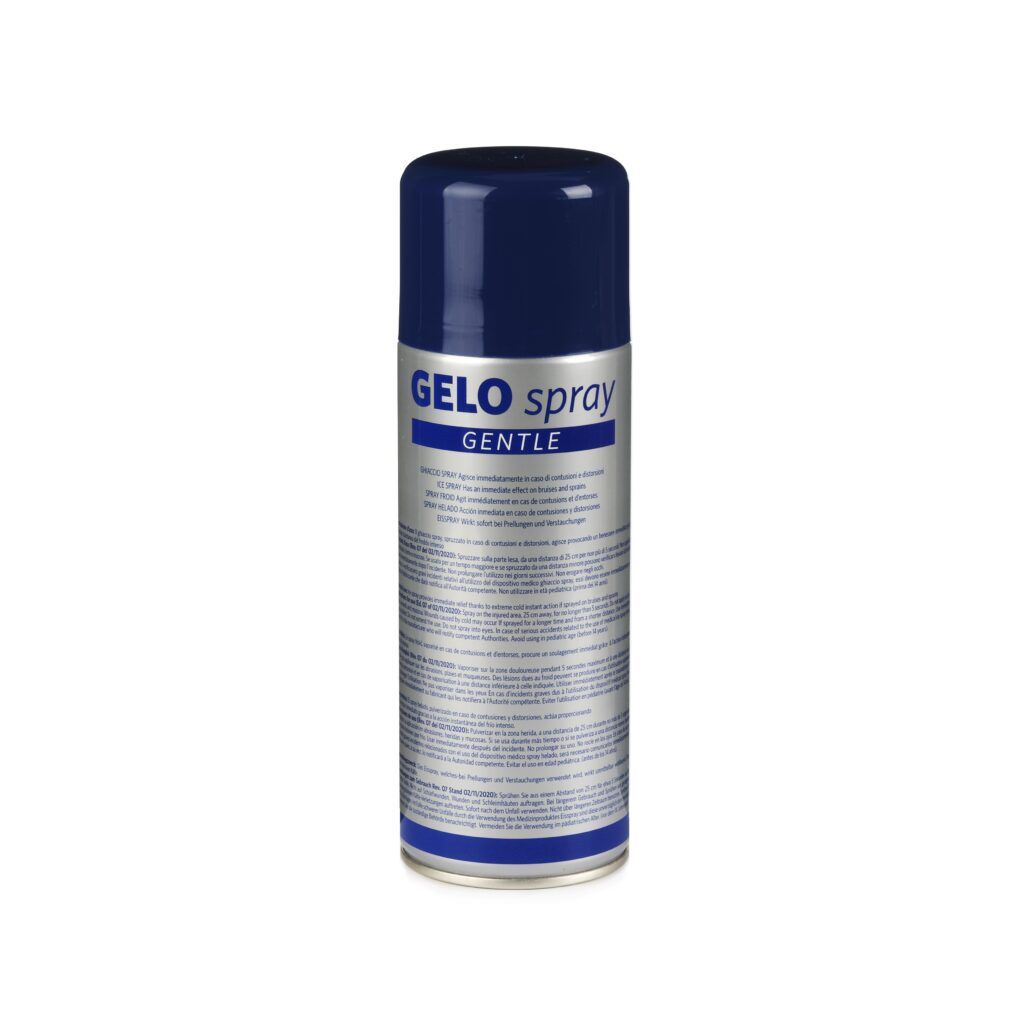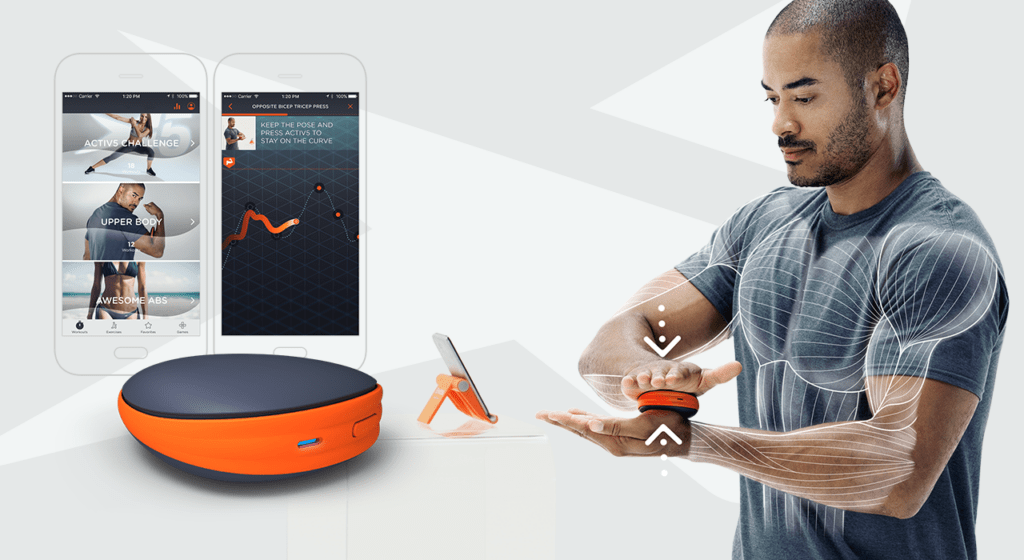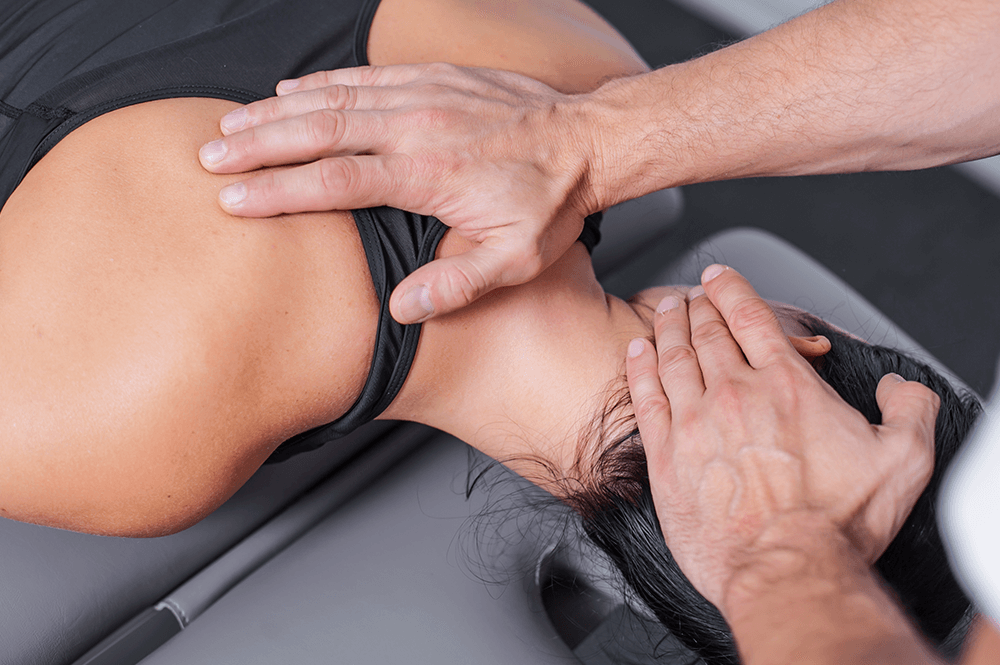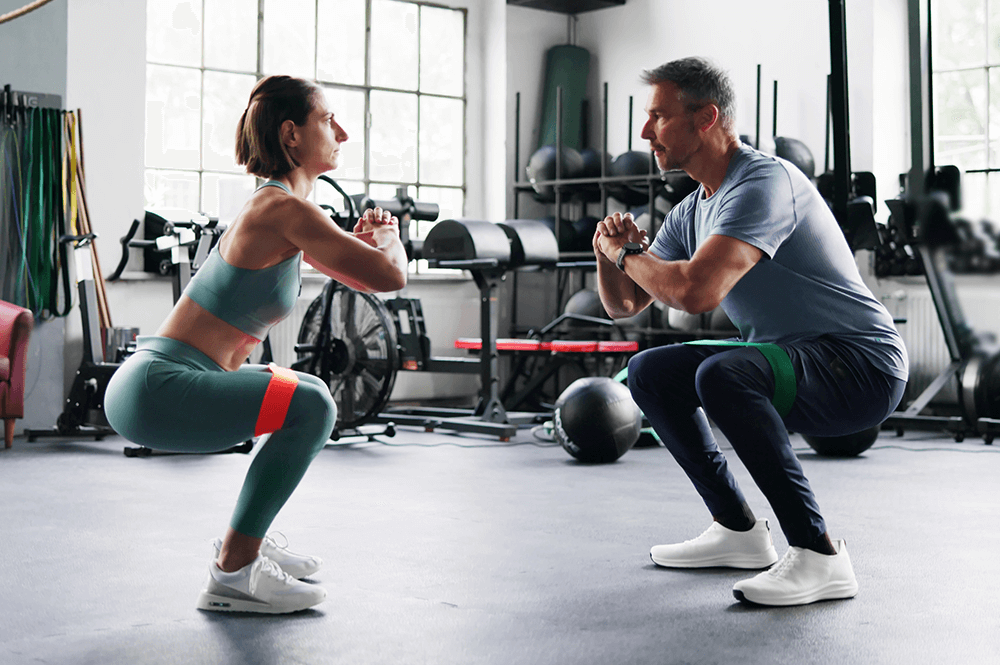Postural disequilibrium: what is it and how is it treated?
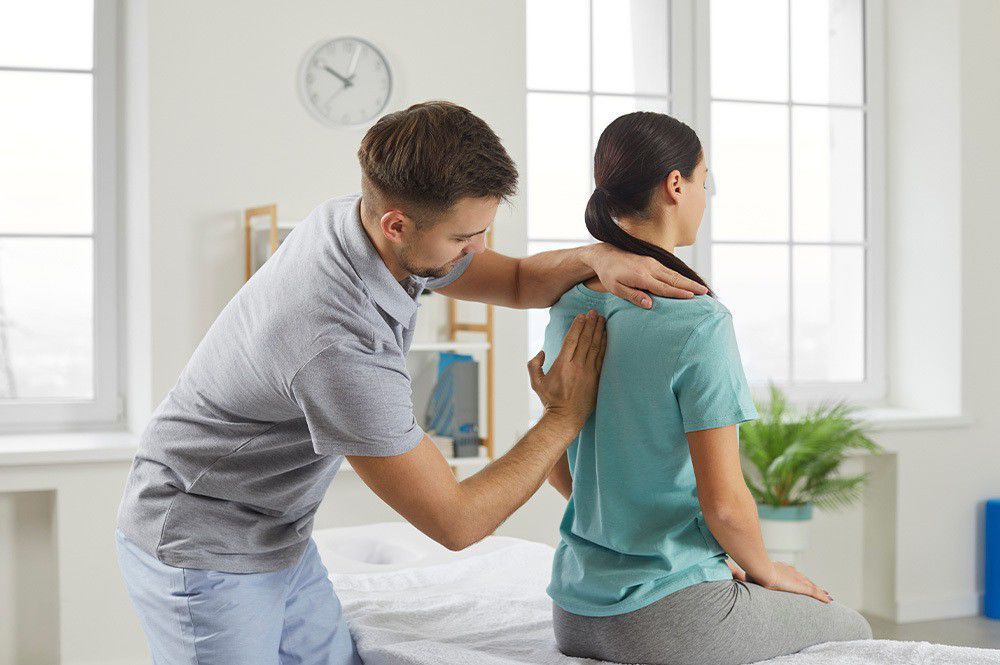
- 1 First step
- 2 Age groups
- 3 Causes
- 4 Recurring consequences
- 5 The best solutions
- 6 Useful exercises
What is correct posture?
A poorly distributed load, whether from the toes or the top of the head, can gradually generate a permanent imbalance, usually impacting the spine and resulting in bone changes. A healthy spine, in its “correct posture” or, in other words, in the ideal conformation for our evolution, presents a double-S shape when viewed laterally and a straight line when viewed from the front. The loss of recognizability of this S-shape configuration laterally or the presence of abnormal curves in the frontal perspective may indicate a postural imbalance likely to cause postural damage. Often, such changes in the spine are accompanied by back pain.
“Stand straight, soldier!” For most of us, especially those who are movie fans or have been through military service, a “correct” postural stance is characterized by:
- contraction of the abdomen;
- expansion of the chest;
- keeping a straight back.
This type of posture represents the ideal posture in tune with the evolution of our bodies.
However, evolution has operated without regard to us and our modern lifestyle.
Before delving into the topic, it is appropriate to clarify the concept of posture and what makes it so unique.
In general, the term posture refers to the mutual orientation of different body parts, focusing specifically on the arrangement of the muscles, fascia, ligaments, and skeleton.
There is a close connection here, as our posture is not intrinsic and static; on the contrary, our body is dynamic and adapts to stresses and related patterns. This adaptation visibly affects our posture, and our body functions when we are standing or sitting.
In the ideal state, all components (muscles, bones, ligaments, and fascia) are in balance. Good posture implies a state in which the body’s supporting structures are protected from overload, progressive deformation, and injury, regardless of the body’s current position.
The organ system can function optimally only when all the resulting forces are in 100% balance.
When we have good posture, our center of gravity is in the so-called support area or CoP and in bipeds such as humans, these are the feet.
If the body’s center of gravity shifts away from this support surface, we speak of postural imbalance, and this can have numerous negative consequences for the psyche and body
Postural imbalance occurs for young and old alike
Most postural imbalances occur during childhood through adolescence and can become painfully evident in adulthood.
This is because at this age, the spine is particularly prone to plasticity and, therefore, susceptible to abnormal development faster than in adults, where they still occur anyway.
Postural imbalance: the risk of a sedentary lifestyle
Several studies have emphasized what one renowned physician expressed with the provocative statement, “Sitting a lot can be very harmful.”
And he is absolutely right; our bodies are not designed for our modern lifestyle. The main issue lies in the lack of physical activity and excessive sitting. Scientific studies conducted in recent years have consistently pointed out that a postural imbalance caused by sitting or the manner and duration of sitting can be, in many cases, the cause of pain and severe orthopedic damage.
We could undoubtedly describe prolonged time spent on the couch at home after a day of work as a potential medical-orthopedic catastrophe.
Postural imbalance: what is it caused by?
The underlying cause of postural disequilibrium is prolonged sitting in a static position.
This results in a significant increase in stress on some parts of our body, while other regions experience a lower stress level and tend to atrophy. This disparity stems from the nature of our muscular system, which is organized into antagonistic pairs (agonists and antagonists).
For example, when we sit down, our legs are bent, which results in the hip flexors (agonists) being shortened and strained, while the gluteal muscles (antagonists) are hardly stressed. As a result, our muscles exert uneven traction on our skeletal system. In this case, the pelvis tends to tilt forward, and the muscles of the lumbar area have to work harder to compensate for this postural imbalance and prevent permanent postural damage. In addition, a muscular imbalance is created between the abdominal muscles, which are under-stressed, and the muscles of the lower back, which have to work further, also becoming tense. This establishes a vicious cycle that is sometimes difficult to deconstruct without the intervention of qualified personnel.
The ligaments and fascial tissue adapt to this state, which leads to reinforcement or cementing of the postural imbalance, resulting in the classic hollow back that:
- causes muscle tension,
- pain,
- tangible orthopedic damage,
- influence on organ activity.
The mechanism also works the same way when a postural imbalance is caused by sitting or staring at screens in the upper back.
Postural imbalance: what are the consequences?
Persistent postural imbalance can generate several consequences, with possible complaints ranging from mild muscle tension and back and neck pain to psychological problems and a lasting impact on organ function. Here is how such manifestations may present themselves:
1. Muscle pain: Initially, a postural imbalance often results in muscle tension and pain.
These mainly affect the most stressed muscles and are triggered by constant concentric and eccentric contraction.
This condition can lead to insufficient oxygen and nutrients to the muscles for regeneration, generating further pain, tension, and potential muscle injury resulting from continuous contraction. In addition to the muscles, fascial tissue may also adapt, losing elasticity and limiting freedom of movement. Restriction in movement and additional pressure on muscles further contribute to pain.
2. Back and neck pain: the back is often the area most frequently affected by problems resulting from postural imbalance.
The focus is mainly on the back with excessive curvature in the lumbar region (sacrum syndrome) and the back with convex curvature in the thoracic spine region (thoracolumbar syndrome).
Not surprisingly, pain and tension occur mainly in the neck and back area. In most cases, only mild tension and pain occur after standing or sitting for a long time.
The symptoms usually disappear as soon as you move around for a while. The more the postural imbalance progresses, the more likely symptoms will occur even when adopting the correct posture or moving around. Interestingly, many cases of back pain can be traced back to this very problem. According to statistics, 90% of Italians suffer from back pain at least once in their lifetime.
3. A postural imbalance increases the risk of arthritis and arthrosis: if the effects were limited only to the muscles and fascia, the situation would be less severe. After all, a trained physical therapist could eliminate this postural imbalance through specific exercises. However, the longer it persists and the more pronounced the imbalance, the greater the risk of permanent damage becomes. Ultimately, poor posture subjects bones and joints to constant strain beyond their natural limits.
This can cause premature joint wear and tear (osteoarthritis) and contribute to developing inflammatory joint disease (arthritis).
4. Postural imbalance can affect organ function: our body is a fragile structure that immediately notices when something is out of balance. If you have a pronounced, hollow or rounded back, optimal organ activity may even be impaired. After all, the strong curvature of the upper back, for example, can change the position of organs in the chest and reduce the size of the chest cavity. The result is breathing difficulties and even an impact on the cardiovascular system. Similar consequences can occur due to a strong hollow back, for example, in the area of the digestive organs. The tricky thing is that this is a gradual process that we often don’t notice because there are no “worrying” symptoms.
5. A postural imbalance affects our mood and actions: a study published in the Journal of Health and Psychology shows a direct connection between postural imbalance and negative mood.
6. A postural imbalance also influences our actions: this is the conclusion reached by a university psychology study that explains how students with an upright posture are likelier to show confidence during an exam. In contrast, students with an incorrect posture tend to reconsider their answers at least once.
Postural imbalance: how to treat it?
The best solution is to strengthen the weaker muscle part and stretch the tense one. Only then should we start strengthening the afflicted muscle group.
Avoiding the curvature of the back and devoting ourselves to training is crucial. With a classic curved posture, the thoracic spine is significantly more pronounced than normal, and the head and shoulders protrude significantly due to muscle imbalance. Causes may stem from everyday behaviors, such as working at a computer or using a smartphone, in which posture and neck and head movements are performed incorrectly. However, through simple exercises and corrections, back curvature can be overcome and even prevented.
If you experience postural imbalance in the upper back and neck area, it is essential to focus on four specific areas:
- Cervical tension (trapezius muscle).
- Tension in the muscles of the chest.
- Weakness of the neck muscles.
- Weakness of the back muscles.
Postural imbalance: some useful exercises
You can devote yourself to specific exercises to improve and prevent this imbalance. Here are some practical exercises for the cervical spine:
Exercise 1 – Mobilize the chest muscles
Stand sideways next to a wall.
Extend your arm over the wall so that it is parallel from your shoulder to your palm.
Rotate your upper body outward until you feel a stretch in your chest muscles.
Hold the stretch for about 20 to 30 seconds, and then release.
Perform 4-5 repetitions with both arms.
Exercise 2 – Relieve tension in the neck
A fascial ball is needed for this exercise, which is particularly good for relieving stubborn tension and fascial adhesions. Alternatively, a tennis ball will also work.
Position yourself in front of the doorframe.
Take the fascial ball and lean forward until your upper body forms an angle of about 70 degrees to the floor.
Begin by placing the ball on the right side of your neck, securing it between the door frame and your neck muscles.
Apply measured pressure and roll the ball back and forth over the muscle for 1-2 minutes.
If you spot a particularly tight or sore area, you can focus on it with smaller movements and apply additional pressure.
Exercise 3 – Strengthening the upper back
A strong upper torso is at the base of a good posture. Exercises such as bar pulls, barbell rowing, etc., are ideal in the long run. However, wall slides have also been shown to be effective in counteracting a curved back because they specifically target the muscles between the shoulder blades and can be performed on any wall without the need for equipment. This makes wall slides the ideal exercise for lunch breaks or during the workday.
Lean your back against the wall.
Place your feet about six to eight inches from the wall.
Ensure the back of your head, upper back, and buttocks are resting against the wall.
Spread your arms sideways like wings so they are in contact with the wall, from your shoulder to the back of your hand.
From this position, move your arms up and down as far as possible in fluid movements.
Keep the back of your hand and elbow resting against the wall during the entire movement.
Perform 2-3 sets of 15-20 repetitions.
Note: Especially in the beginning, the range of motion may still be minimal until the shoulders or arms come off the wall. But this improves every time you train the slides on the wall.
Exercise 4 – Strengthen the neck flexors
Weakness of the neck muscles is typical of a functional postural imbalance, which manifests itself in, among other things, the forward thrust of the head. You should perform the following exercise several times a week to strengthen the neck flexors.
Lean your back against the wall.
Ensure your back is straight and that your feet, bottom, shoulder blades, and head are against the wall.
Tilt your chin forward as if you were going to create a double chin.
At the same time, try to stretch your neck as if trying to pull the base of your skull upward.
Hold the position for 30-60 seconds and repeat 3-4 times after a short break.
Note: Pressing the tongue against the palate will make it easier to consciously stretch the head upward.
Exercise 5 – Train the correct position of the head
Keeping the head in the right position is a challenge for many. Check the correct position of your head several times a day and consciously try to maintain it to avoid going back to old patterns. Over time, this will become automatic. Here is how to assume the correct head position with the ideal center of gravity:
Stretch your head upward, imagining someone lifting it to the center with a wire.
From this position, move your head back so your ears are above your shoulders.
Lower your chin to relax your neck.
Consciously try to hold this position as often and for as long as possible during the day.



